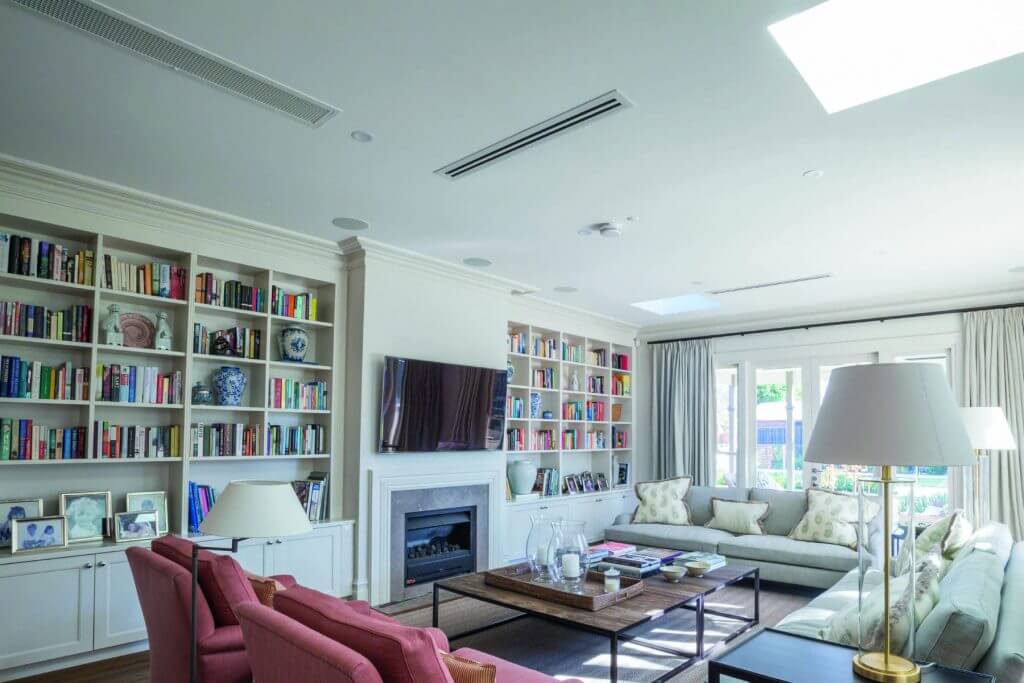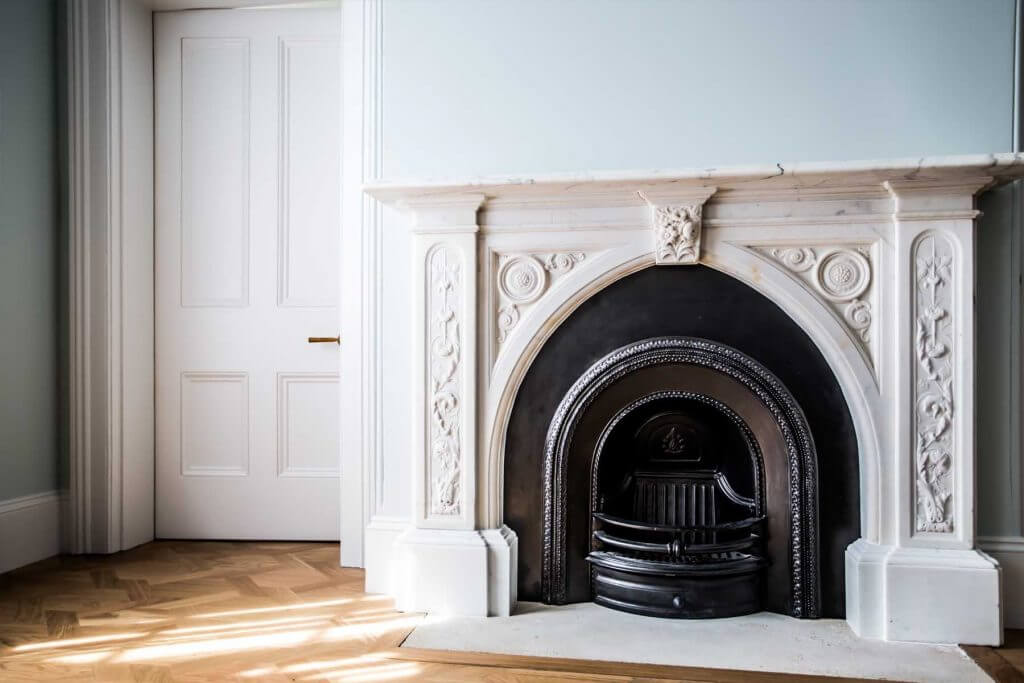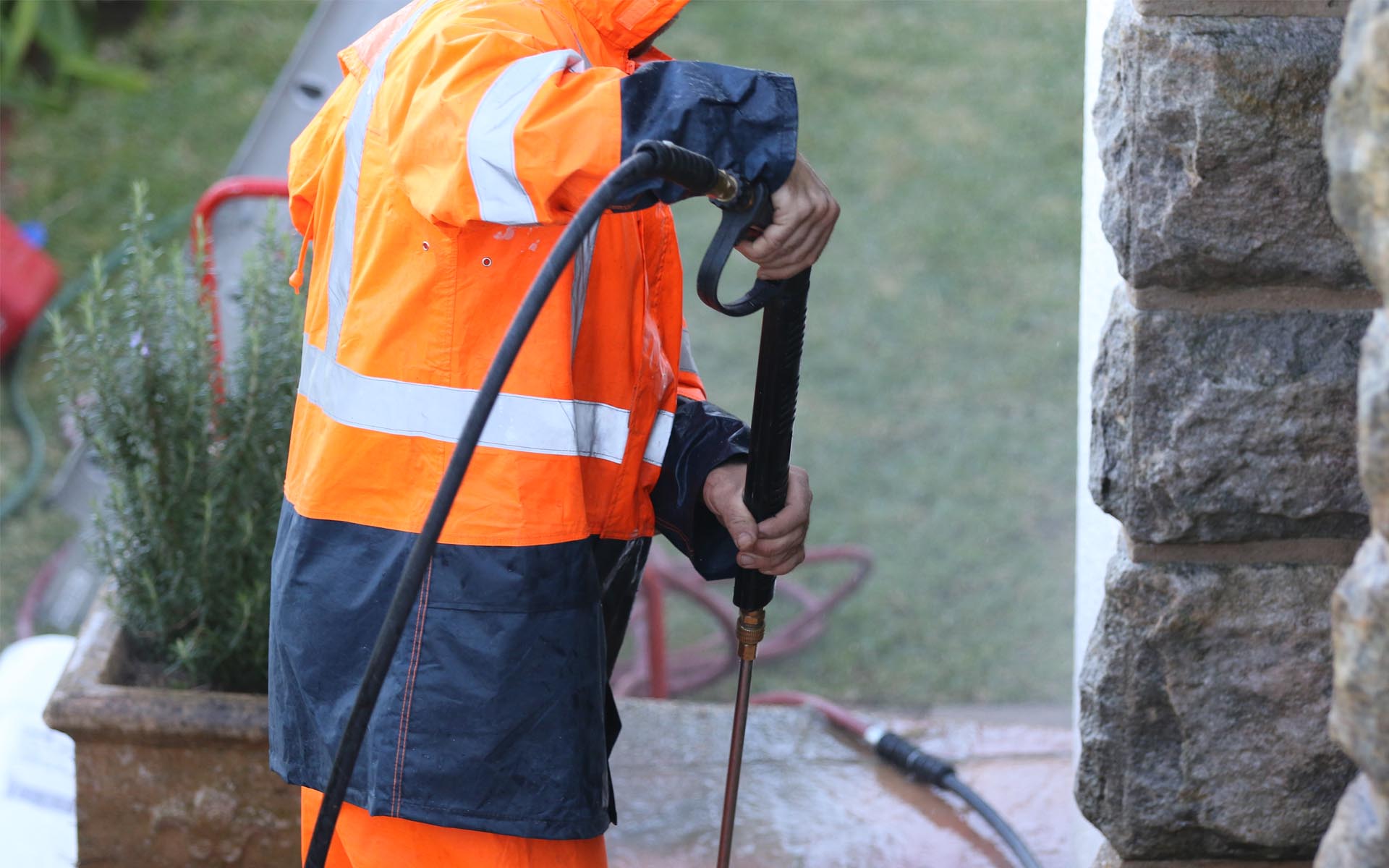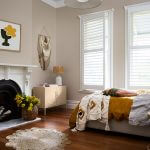Painting interiors
Before you commence painting your interiors, read our guide below on what you need to consider before commencing any work so your project goes smoothly with results you love.
1. Plan your interior painting
Talk to a professional (like us) about how long the painting will take before it’s complete. This will help determine whether you need to arrange some take-out meals for a couple of nights, or different sleeping arrangements. Generally speaking, with the use of low odour and low VOC paints, most areas are accessible as soon as the paint has time to dry.
2. Test out colours before you decide
Paint colours can look very different in your home from the samples in a shop or online. Before you decide on a colour brush out the choices and observe them in the lighting of the room it’s intended to go in. If in doubt, we work with Dulux colour specialists to provide expert colour advice.
3. Get the right finish for the job
The right finish for the right room makes all the difference. For example, Dulux Wash & Wear + Plus Kitchen and Bathroom is a washable paint that has been developed to resist the growth of bacteria and mould on walls. For ceilings, you want a flat finish, and for bedrooms, you will want a wash and wear matt finish, that you can wipe away most common marks with a wet cloth so your walls always look fresh. If you are using a professional, we will provide expert advice about paint finishes.
4. Protect your non-painted areas
Before you commence painting a room, clean out space as much as possible, cover furniture with drop sheets, protect the floors, and mask off all edges, such as windows, doors, skirting etc. with painter’s tape.
5. Ensure the proper preparation is carried out
For a smooth paint finish, you need to start with a smooth surface. Before painting it is important to prep well. This includes filing gaps, cracks, cleaning walls from dust and dirt, and sanding where necessary. The more time spent in prepping the room, the better the outcome.
6. Determine how much paint is needed
Use a paint calculator to determine how much paint you’ll need. If you’re using professionals like 3 Colours, we’ll do all the calculations for you and only charge what is used. A deep colour base tends to require more coats of paint than a lighter colour. If you’re painting a highly textured surface rather than a smooth one, buy a little extra.
7. Ventilate the space
Ensure there is sufficient ventilation before painting commences. This will speed up the drying process and help clear that new paint smells. Again with the use of low odour, low VOC paints, this is becoming less of an issue. Dulux envirO2 is a low VOC, Low odour paint with mould growth prevention.
Photo: A crisp white interior by 3 Colours Painting
A light blue and white colour scheme in a Victorian residence, painted by 3 Colours
Frequently Asked Questions
What is the cost to paint interiors?
Costs largely depend on how much prep is involved and what you want painted i.e trims, ceilings, walls, skirting board, flooring. If you walls are in poor condition and require a lot of work to get a smooth surface that a new paint of coat will stick to and last for many years, then the labour costs are higher. If your internal walls and surfaces are in good condition, and there’s no access issues, the costs are more straight-forward and can vary from $700-$1200 a room depending on the type of room and the surfaces involved as mentioned above.
What is the best colour for interior surfaces?
There’s no ‘perfect colour’ for interiors. Your colour choice should reflect the mood you want to inspire, the type of house, your interior furnishings and the presences of natural light. Warm colours create a sense of ‘cosiness’ and promote intimacy, while cool colours are often used to bring calm to a space. Natural colour tones can also achieve a relaxed, peaceful environment. Light colours are used to provide a feeling of space, while warm colours typically make a space feel smaller (but cosier). If you’re considering a light colour, read our guide on selecting the perfect white paint colour.
What is the best paint for interior walls?
3 Colours is a Dulux accredited painter so naturally we’re going to say Dulux is the best brand! For the best type of paint, it depends on what is getting painted. Dulux Wash & Wear is a durable paint typically used for walls as its easy to clean. It comes in a variety of sheen levels.
To create texture or for design effects, Dulux has a full design range which includes metallic, concrete, stainless steel, chalkboard and many more.
For ceilings, Dulux has a special ceiling range with a particular type for kitchens and bathrooms. For doors, windows and trims often Dulux Aquanamel is used or the Dulux Wash & Wear. For kitchens and bathrooms, Dulux has a Wash & Wear Plus Bathrooms and Kitchens range.
A paint that is growing in popularity, is Dulux envirO2 which is a low VOC, low odour, washable, stain-resistant paint which also helps prevent mould growth.





